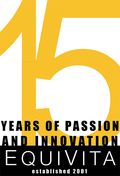“The beauty of freediving. It gets you experiencing the underwater gardens up close in just a single breath!...It’s like scuba diving, but without an air tank – just yourself, your pair of lungs, and thousands of fish species,” writes free diver, David Hamburg. Free divers take breath training to the limits; with training, they are known to be able to stay underwater for minutes at a time–experienced free divers are able to last as many as 10 minutes (I just choked on my saliva). While dives like these take more than stretching the diaphragm, when you start to stretch your muscles of breath, you can radically open up the potential of your human body!
Last month, we had the opportunity to map the diaphragm, with the support of 2 graphics to give you a sense of how the human diaphragm looks, where it is located, and finally how it influences ease and/or tension in the hips, in the shoulders, and in the global sense of feeling tense and tight in your body or more relaxed and at ease in your body. While the diaphragm should always work (since this is the main muscle of breath), one's ability to control how the diaphragm works is a great tool to develop. A while back Carla and I took the opportunity to record a video teaching diaphragmatic breathing, to help the viewer practice finding their own diaphragm and controlling the breath with it–hence mapping the diaphragm.
This month I wanted to build on some ways to provide that muscle with tone and stretching. As with any other human muscle, there are ways to tone, condition and stretch your diaphragm. There is a lot of room for play with this work, so our aim today is to drive home the foundation of what challenges the diaphragm to work well, and receive stretch.
Training for your diaphragm:
When it comes to toning the diaphragm, taking time to work with the breath practice taught in our video linked here, for increasing sets of time, will set you on the path to habituating effective diaphragmatic breath control, and toning that muscle. Likewise, once you have a good connection with this practice lying on the floor, you may also practice it seated, so you could take a moment during the day and artfully breathe while seated, at work perhaps.
In the video below I will take diaphragmatic breathing through a set style activity, and then we will challenge our ability to inhale into the diaphragm by lengthening the torso, or by twisting as you try to pull a full inhale. Finally you will experience how to stretch the psoas and iliacus area of your pelvis, using the same breath techniques covered at the start of the video.
Stretching Your Diaphragm Video
Breath practice and breath practice in combination with movement can relieve tension and impairments associated with prolonged sitting. If you really want to get weird, try searching how free divers turn hyperventilation into a tool to stretch their diaphragms and in turn, turn their bodies into deep sea diving wonder tanks. Have a question about anything covered in this piece, or previous blog posts, my email address is always accepting queries!
[email protected]
In robust health!
Tami

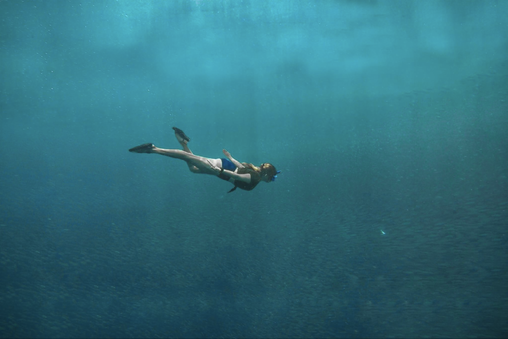
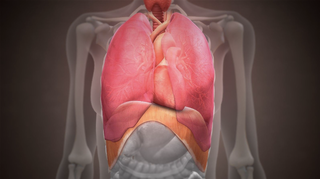
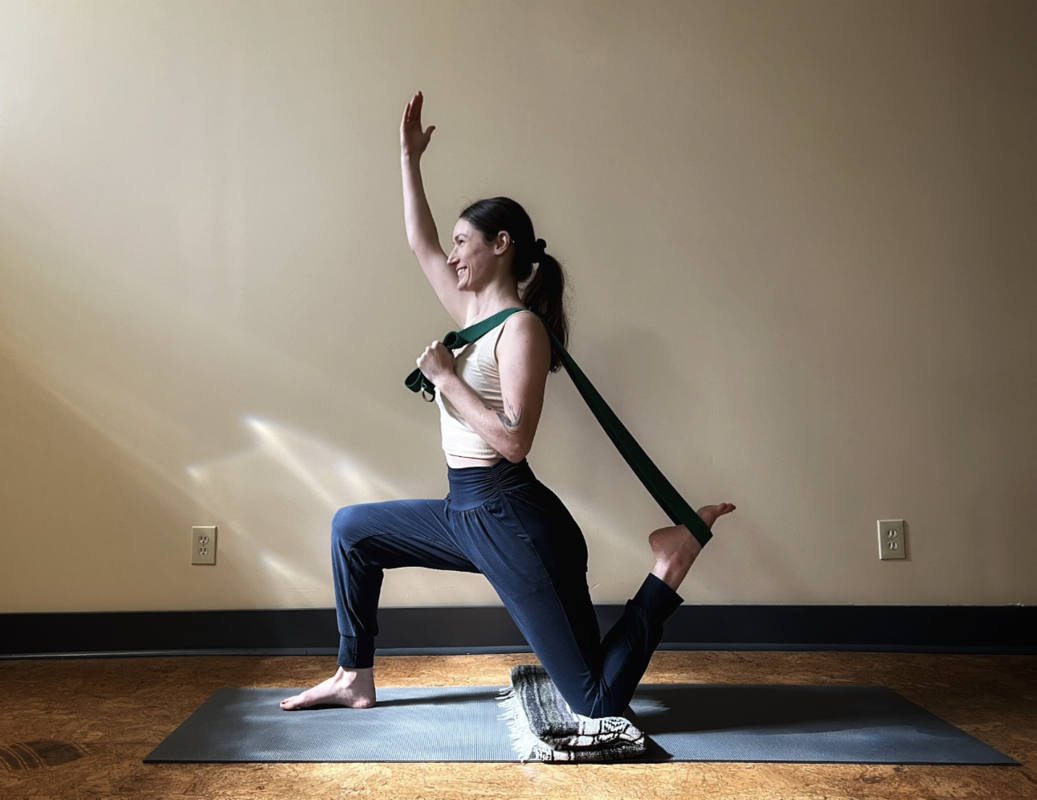
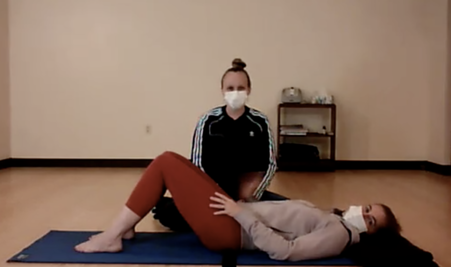
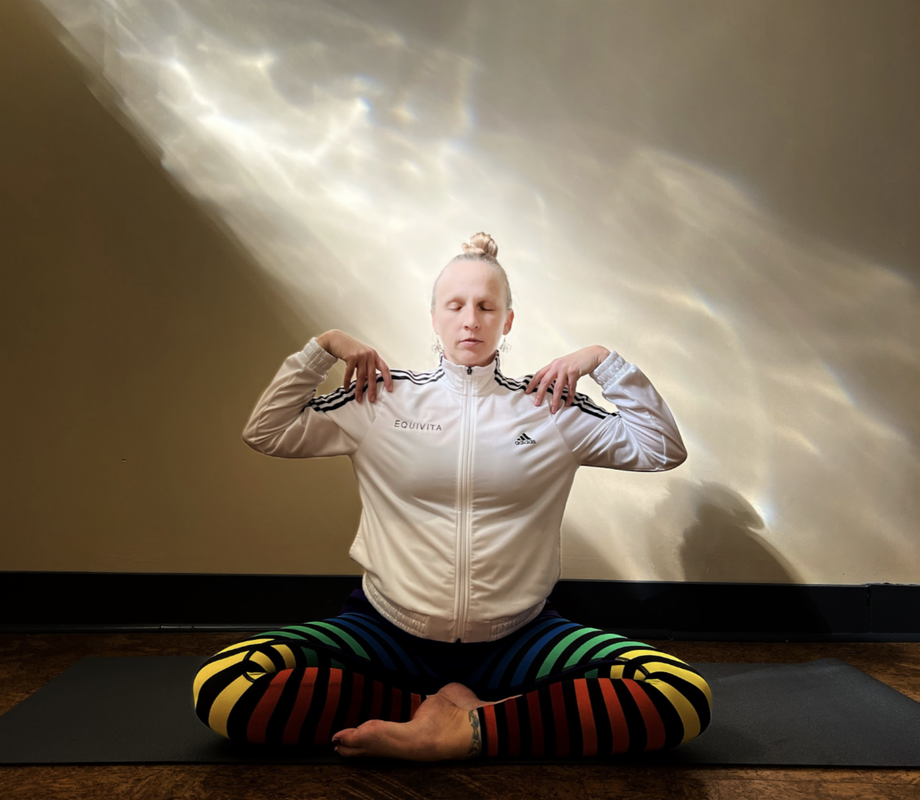
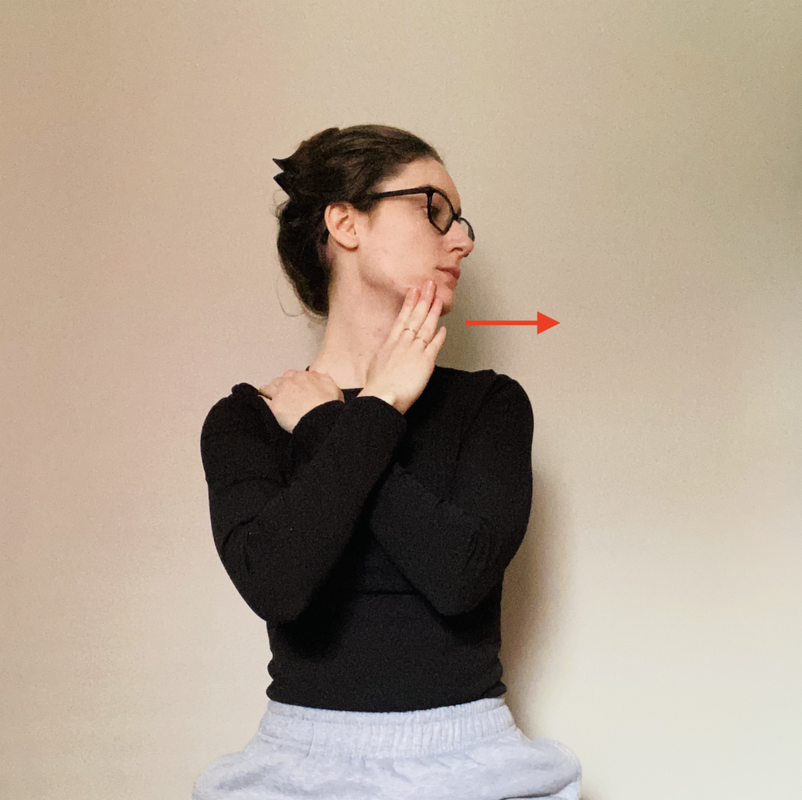

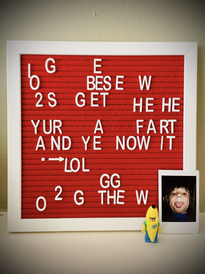
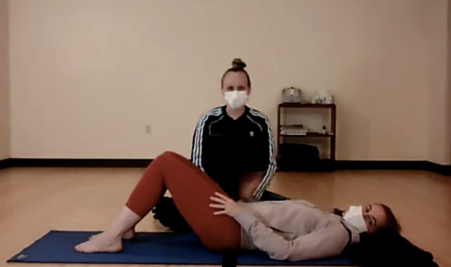
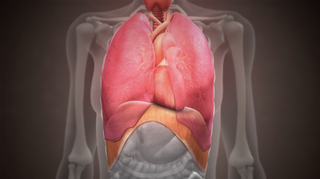
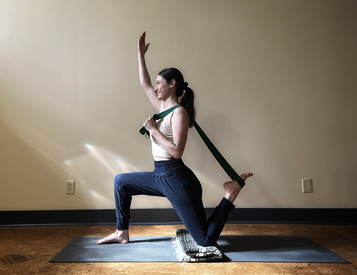
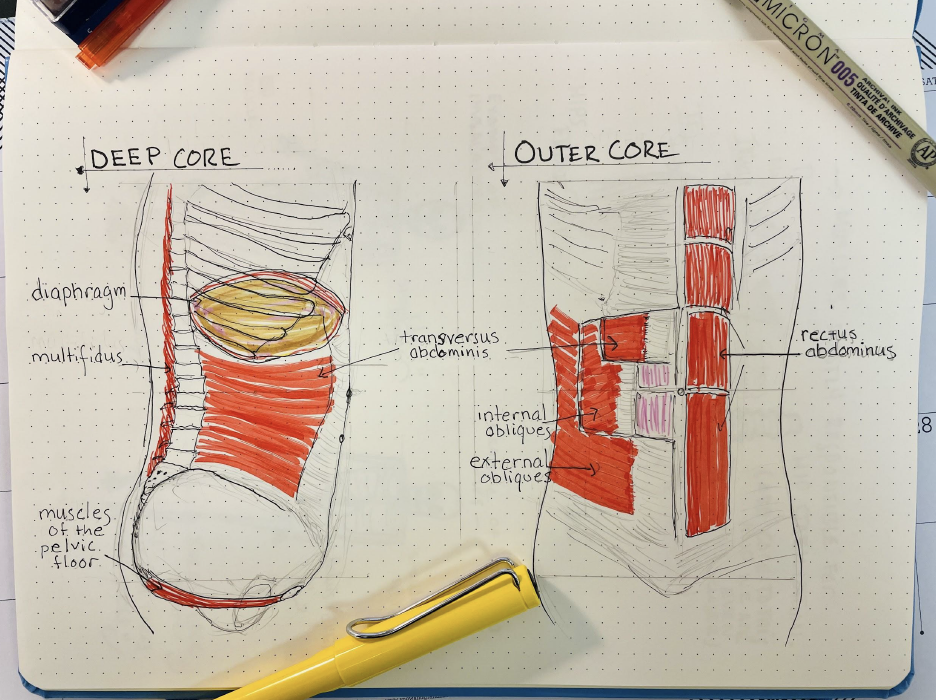
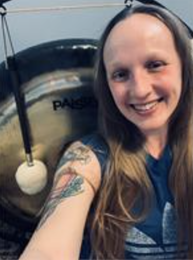
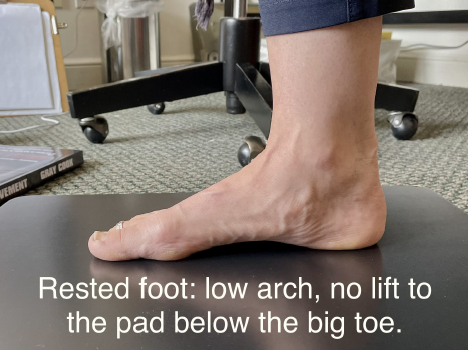
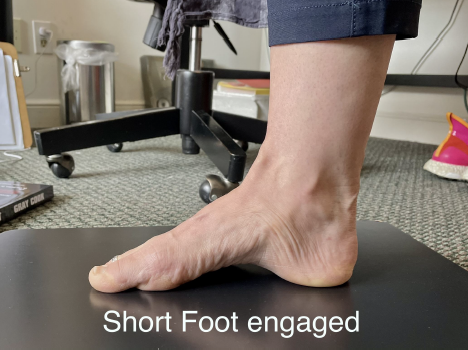
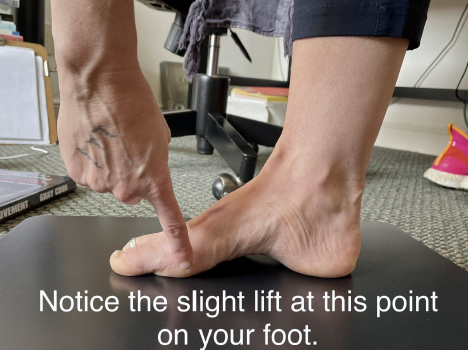
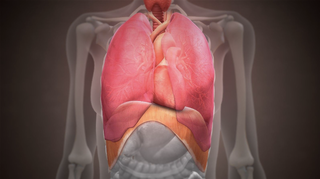
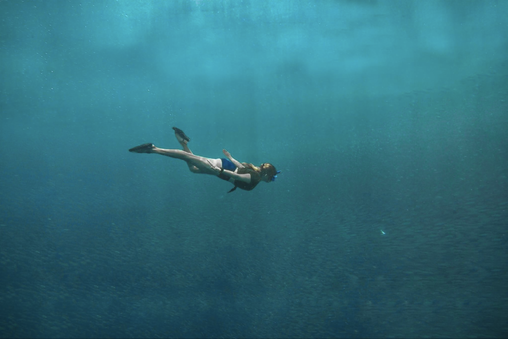
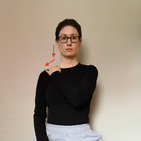
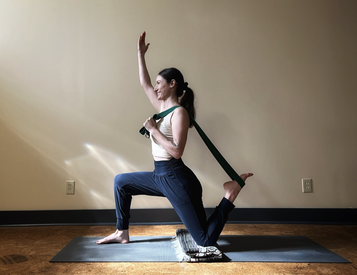
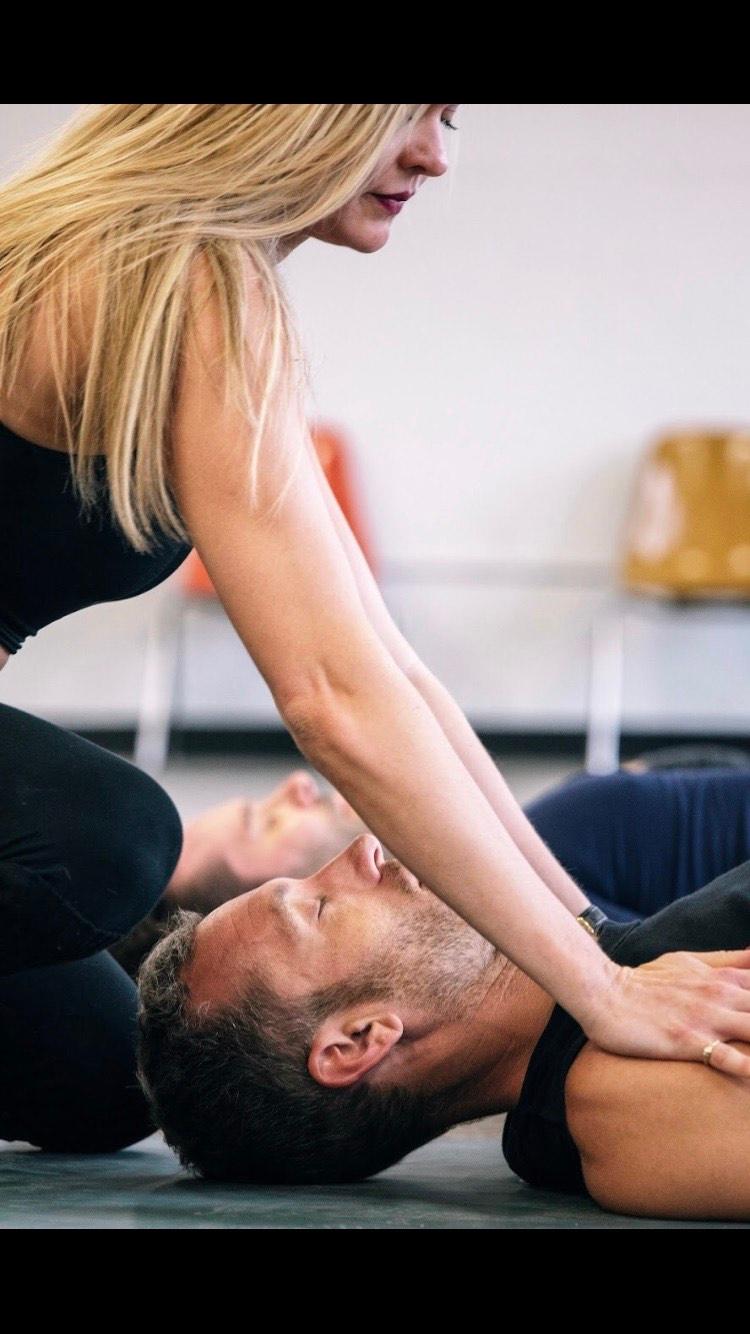
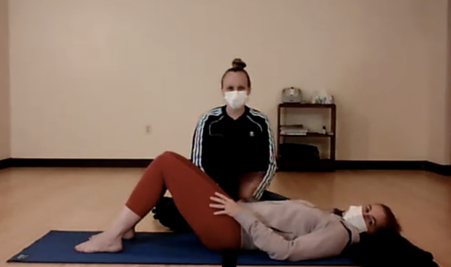
 RSS Feed
RSS Feed
